Discovered in the summer of 1973, this out-of-place artifact has amazed believers and skeptics alike for more than 40 years, and even now in the so called modern age, a conclusive explanation is still missing.
This is the story of the Aluminum Heel, a metal item discovered among fossilized remnants of mammoths that might change our current view regarding the primitive ancient dwellers.
Workers at a sand quarry on the banks of the Mures River, located close to the Romanian city of Aiud, unearthed this peculiar object while digging at a depth of 33 feet (10 meters), and it wouldn’t have probably leaped to the eye unless it had been found in a fossil deposit. An expert was immediately called to the site, and after a close inspection, he determined that two of the items were fossilized mammoth bones, while the third item was probably a stone axe-head used by prehistoric men to hunt the colossal beasts.
The findings were furtherly sent to the Museum of Transylvanian History in Cluj-Napoca, and after removing the hardened layer of mud in which the object had been encased, archaeologists were perplexed to find evidence of an artificially designed item made of a light-weight and enduring metal. The mastodon fossils were at least 10,000 years old, but the metallic tool appeared as if it had been made using advanced equipment. It measured 8 x5 x 3 inches and weighed approximately 5 pounds. Its shape and other detailed particularities clearly revealed that it had once belonged to a larger assembly.
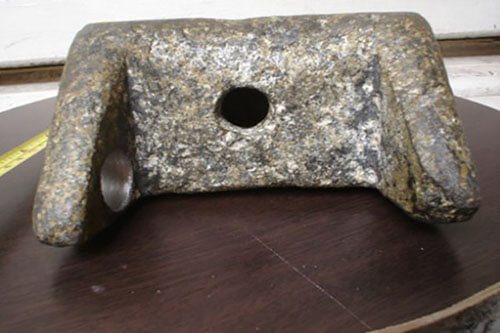
After a heated debate, the investigators mutually agreed that it resembled the foot of an aircraft’s landing gear. So how could this anomalous piece end up together with era-old mammoth remains if the ancient dwellers possessed no metallurgic knowledge? Even more, how could a flying device exist on our planet at such a distant point in time?
In the hopes of elucidating this mystery, the team of Romanian researchers sent samples from the artifact to the Radioactive Metal Research and Development Center in Baia Mare, Romania. The results showed the wedge consisted of a mixture of 80% aluminum and other eleven elements. To confirm the amazing results, another fragment was sent at the Research Institute in Lausanne, Switzerland, but the tests came back the same.
These results puzzled the team even further, because they couldn’t understand how this metal that was first discovered in 1825 and made it into industrial production at the end of the 19th century, was used by the ancients in a prefabricated form, and most important, how did this object end up in a pile of mastodon bones that could be millions of years old?
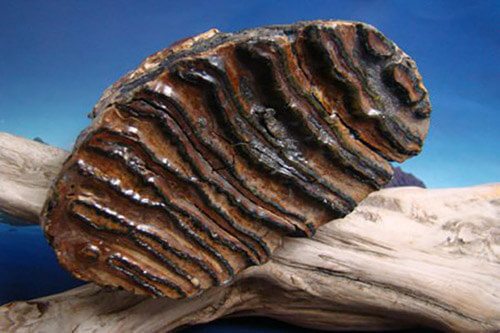
One of the fossils found on site
The answer to this question was probably too dangerous to be made public, that’s why it ended up in a museum storage room until 1995 when two editors of a Romanian UFO magazine called RUFOR found out about the existence of this mystifying item and requested another set of tests. As you would expect, the chemical analysis came back the same, and there was no doubt of the object’s artificial origin.
However, the new team of investigators recognized a different clue that had previously been ignored: the coating of aluminum oxide in which the artifact was covered. Aluminum doesn’t deteriorate easily, but the oxide layer present on this artifact was 3 millimeters thick. Researchers took this as a sign that the object preceded by far the discovery of aluminum, by 250,000 years more precise.
Their claims were backed-up by another find. With the help of an electron microscope, they examined the internal structure of the aluminum allow and discovered that the lattice structure itself appeared to be ‘aged’ and the ‘alloyed elements appeared to return to their own structures.’
We have no idea how a quarter of a million year-old piece of aluminum alloy is supposed to behave or how it’s supposed to look. But the Aluminum Wedge discovered near Aiud fits the profile quite well, said George Cohal, one of the experts who examined the out-of-place artifact.
It’s the strangest thing I’ve seen in my entire life, he concluded.
The Aluminum Heel as it was dubbed, remains one of the most enigmatic pieces discovered by archaeologists in Romania, and the fact that it is still displayed at the museum in Transylvania makes it an extremely unique artifact. If it’s going to rewrite our history, we are yet to find out, but considering the faith of other similar pieces that had mysteriously disappeared after they had been discovered, we can expect the same in this case.
https://www.youtube.com/watch?v=V5rL3gUdEK4
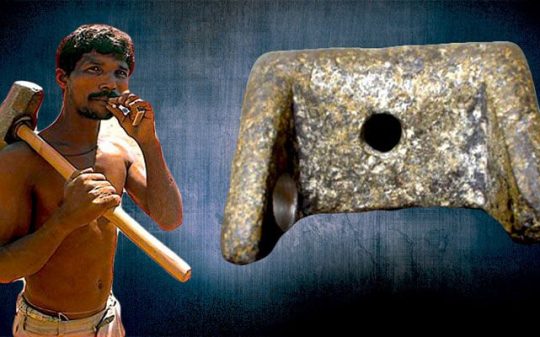


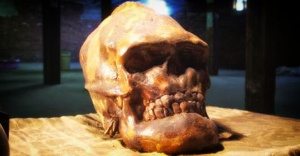
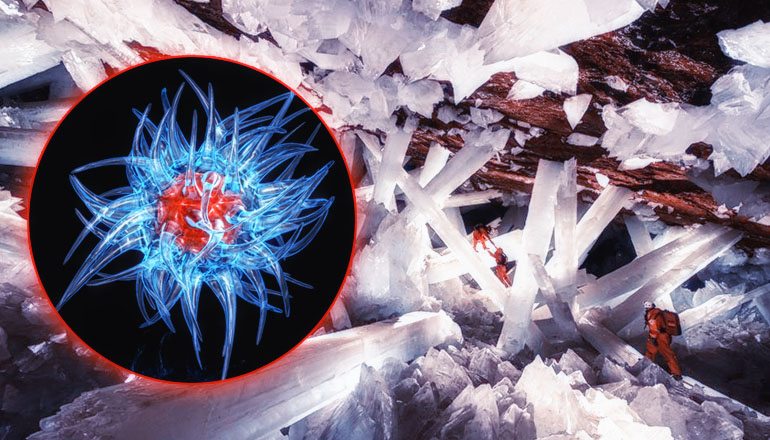

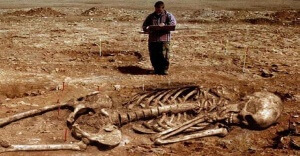
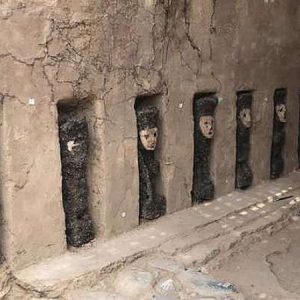
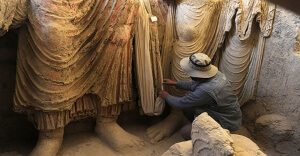

Sooo… the headline asserts that quarry workers ‘discover’ (present tense) something that was actually ‘discovered’ (past tense) in 1973?
Click-bait.
You know if people would stop putting the music to something that is of scientific value then I might take this a little more serious
This isn’t the object in the photo that gets you to click on the story what a con